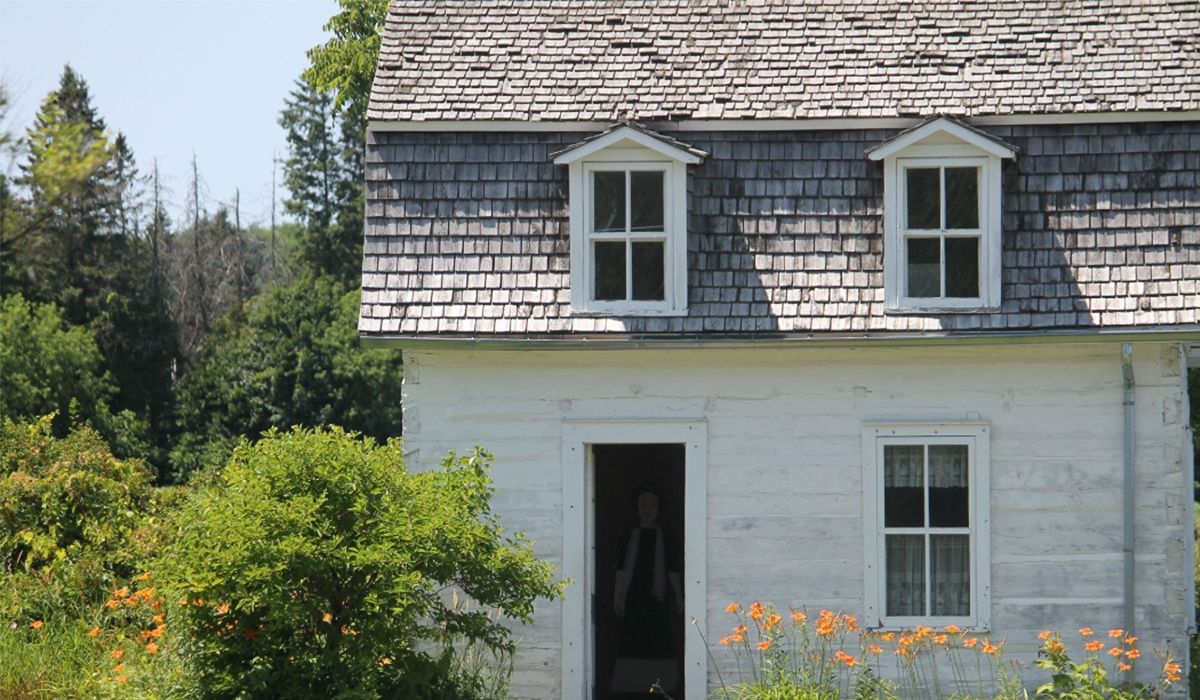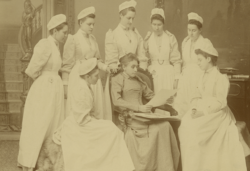The City of Ottawa is considering a multi-museum membership program for five city-run attractions.
The program would allow for people to pay a yearly fee to access the Billings Estate National Historic Site in Alta Vista, the Cumberland Heritage Village Museum near the city’s eastern boundary, Fairfields Heritage House in the Bayshore neighbourhood, Nepean Museum in the City View neighbourhood and Pinhey’s Point Historic Site in Dunrobin.
If approved, the membership could begin this spring. Currently only two of the municipal museums have membership programs.
“Staff are currently undertaking a review to determine the feasibility of a multi-museum membership program for its five City-operated museums. This review is ongoing, and staff aim to bring forward a recommendation in the next few months,” Brahm Lewandowski, the city’s museums administrator, told Capital Current.
The Cumberland Heritage Village Museum was the only museum to have a membership program when the amalgamated City of Ottawa was created in 2001. When the City of Ottawa took charge of the museum’s operations that year, the membership was put under review due to a lack of interest.
Museum attendance declines
Ottawa Tourism has reported that since 2012 there has been a 5.7-per-cent decline in capital-area museum attendance in the spring season. And it’s not just at city properties. The National Gallery of Canada, for example, has seen a 47-per-cent decrease from 2012.
During the height of the pandemic, museums in Ottawa and everywhere across Canada were closed because of public health guidelines.
The five city-run museums are showcases of local history. For example, the Billings Bridge Estate includes properties that have been a significant part of the city’s evolution since the early 1800s.
City officials spearheading the City of Ottawa Museums and Historic Sites Membership Project have conducted initial consultations. An initial proposal to include the heritage attractions in a revamp of overall municipal recreation membership programs was not pursued.
“The City of Ottawa Museums and Historic Sites were invited to participate in this process to determine if it made sense to include cultural offerings alongside recreation programming,” states an online overview of the museum membership project. “The decision was ultimately made for museums to not participate in the broader recreation membership program and to undertake a review to determine the feasibility of a multi-museum membership program for the five City-operated museums.”
A multi-museum membership would provide residents with easier access to these cultural landmarks, the city says.
Ottawa’s five city-run museums and historic sites
- Billings Estate National Historic Site includes Ottawa’s oldest standing wood-frame house. The museum showcases the story of the Billings family, which settled in Ottawa on the south shore of the Rideau River in 1812. The Billings family officially left the estate in the 1970s.

- Anyone interested in the rural life of Eastern Ontarians in the 1920s and ’30s can enter that world at the Cumberland Heritage Village Museum. The history centre has a large artifact collection that includes agricultural equipment, textiles and recreational items. Located east of Orleans, visitors also have the chance to see rare-breed farm animals.
- The pioneering Bell family settled in a farmhouse located in what is now Ottawa’s west-end Bayshore neighbourhood, in 1820. The home, now known as Fairfields Heritage House, was owned by the family for 175 years. The Gothic revival farmhouse originally sat on 660 acres of farmland. The City of Ottawa has about 3,000 artifacts from the five generations of the Bell family. Many are on display in the heritage site’s “Cabinet of Curiosity” exhibit, which includes descriptions of the objects’ historical significance.
- Nepean Museum, located near Doug Frobel Park in City View, explores local history from the settlement era until the 21st century. The museum hosts many events for children, most recently with a “History Hackers” program in which participants explored topics related to math, science, art and technology between February to March.
- Pinhey’s Point Historic Site is located on 88 acres on the Ottawa River near Kanata. It explores the history of the former March Township, established in the 19th century. The manor is nearly 200 years old. The Pinhey’s Point Foundation is responsible for a significant artifact collection from the estate. It includes archival treasures such as the diary of Horace Pinhey, the original owner of Horaceville House.






